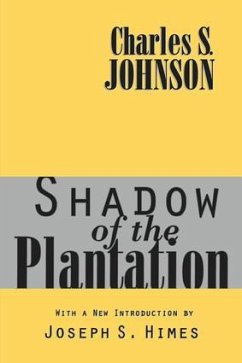
In the Shadow of the Great House
A History of the Plantation in America

PAYBACK Punkte
13 °P sammeln!
We imagine the plantation-the big house, the slave quarters, the vast cotton fields-as situated firmly in the American past. Yet as historian Daniel Rood shows, the plantation is still very much with us. Opening with the origins of the plantation on the tiny sugar-producing island of São Tomé in the 1500s, Rood then brings us to North America, and traces the establishment of tobacco plantations in Virginia, rice plantations in the Carolina Low Country and cotton plantations in the Deep South. He rewrites our understanding of these phenomena, showing precisely how enslaved people built the Am...
We imagine the plantation-the big house, the slave quarters, the vast cotton fields-as situated firmly in the American past. Yet as historian Daniel Rood shows, the plantation is still very much with us. Opening with the origins of the plantation on the tiny sugar-producing island of São Tomé in the 1500s, Rood then brings us to North America, and traces the establishment of tobacco plantations in Virginia, rice plantations in the Carolina Low Country and cotton plantations in the Deep South. He rewrites our understanding of these phenomena, showing precisely how enslaved people built the American landscape even as they suffered under a brutal labour regime. He then moves to the post-slavery era, demonstrating that the plantation evolved into agribusiness and other developments usually associated with modern capitalism. Drawing surprising connections between past and present, Rood argues that the plantation was, and remains, the engine of American "progress."












